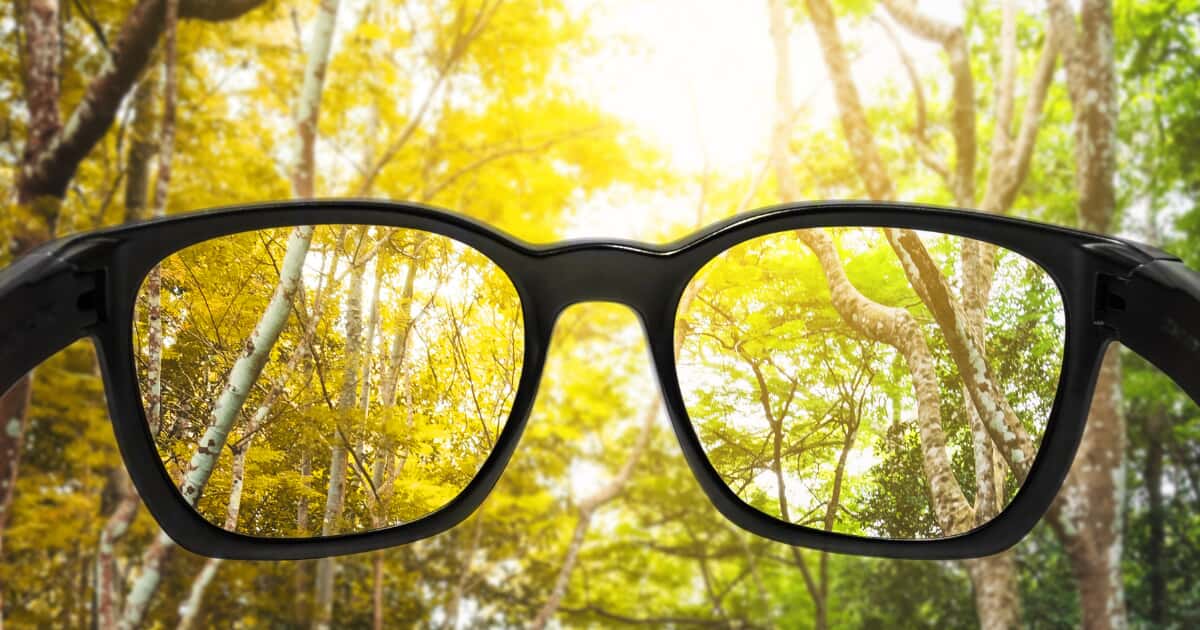Low Vision Rehabilitation: Improving Quality of Life
- Category: Rehabilitation
- Posted On:

Low vision impacts millions of people across the U.S. It can make everyday activities, like reading and shopping, more difficult. Luckily, Valley Health can help thanks to the Low Vision Rehabilitation program!
Combining training and education, Winchester Rehabilitation Center’s program is for individuals with visual impairments and their families. Common conditions attributed to low vision include macular degeneration, cataracts, diabetic retinopathy, and neurological impairments such as hemianopsia.
The goal of the program is to increase safety and independence performing daily tasks. This means many patients are able to remain safely in their own environment and continue daily activities they enjoy.
Vision rehabilitation is covered under Medicare as long as you meet the guidelines for having low vision. Sarah Corridon, Winchester Rehabilitation Center OT, explains the guidelines:
“A person’s visual acuity would have to be less than 20/70 with their glasses or contacts when reading an eye chart. People who lose more than 20 degrees of their visual field also qualify. This is often caused by a stroke, brain injury, or eye disease like glaucoma.”
Corridon recently earned her Low Vision Certification from the American Occupational Therapy Association (AOTA). This recognizes her graduate-level class work and 600 hours caring for those with low vision, among other qualifications. Combining her expertise with a compassionate heart for helping others, Corridon finds working with low vision patients rewarding.
“I enjoy talking with each individual and helping them achieve their goals. People can become discouraged and even depressed because of their vision loss, but I love when they are willing to try something new and find that they have success. People with vision loss may not be able to do daily tasks in the same way they’ve always done them, but they can learn new ways to get the job done!”
On average, Corridon says she meets with patients three times. Some people have only a few specific needs, while others may need more training over a period of time to learn skills.
“We tailor the visits to each person’s individual needs. I love when we find a magnifier or other low vision device that meets a patient's needs. You see a lightbulb go off in their head like, ‘Hey, this could really work for me!’ The goal of Low Vision Rehabilitation is always to help people achieve greater independence in their daily lives.”
February is recognized as Low Vision Awareness Month. Can you or someone you know benefit from Low Vision Rehabilitation? Check out our resources to learn more!
Resources
To get started, please consult your eye doctor or physician for a referral. To schedule an appointment, call 540-536-5126. Visit Valley Health’s Low Vision Rehabilitation website to learn more!


